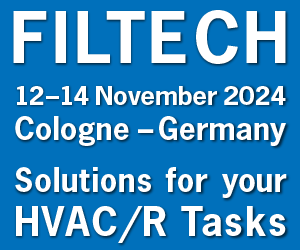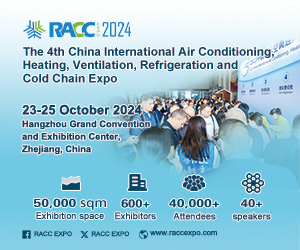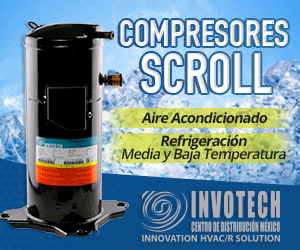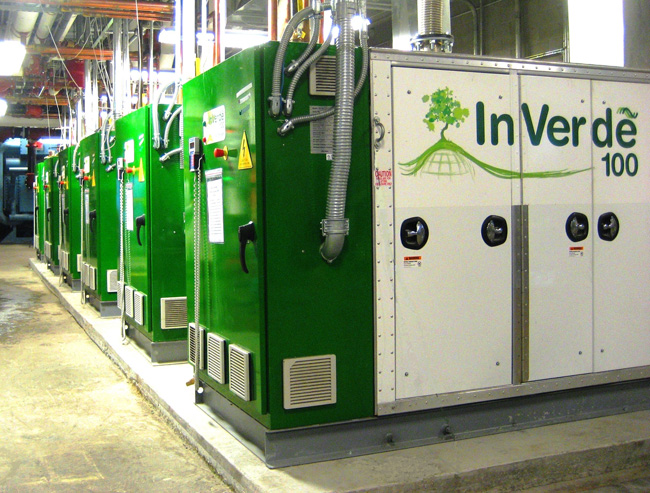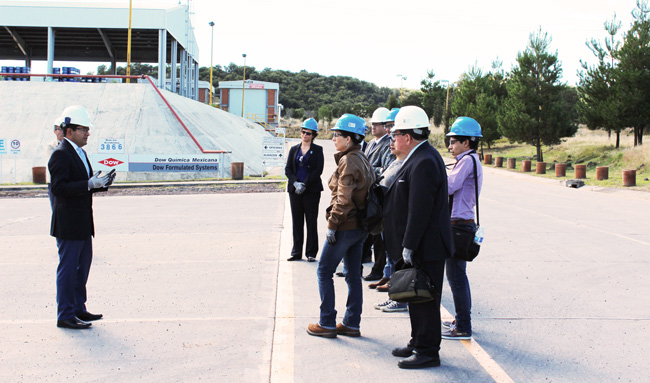
Data centre manufacturer Minkels, European producer of integrated solutions for data centre cooling, housing, power distribution and data centre monitoring, has published a whitepaper offering a comprehensive look at all the ins and outs of ‘Data centre airflow management and optimisation’. “After investing in energy-efficient cooling solutions and Cold Corridors, airflow management is the next big step towards creating energy efficiency,” enthuses Patrick Timmer, specialist in airflow optimisation at Minkels and author of the whitepaper.
“Data centre chains and corporate data centres are making increasing use of energy-efficient cooling techniques such as Free Cooling and Fresh Air Cooling,” Timmer adds. “Also, many data centres have since been fitted with Cold Corridors, which separate hot and cold airflows in a highly energy-efficient manner. Research carried out by our own R&D department shows that the use of Cold Corridors can result in energy savings of up to 30%. Many data centres, however, still lack an effective ‘airflow management’ system, an aspect with which even greater energy-efficiency can be realised. What’s more, airflow optimisation is important for the good performance of the server, network and storage equipment, temperature control and the general stability of a data centre.”
Data Centre Airflow Management
To highlight the issue, Minkels has released the whitepaper ‘Rack Airflow Optimisation’, which was written by Patrick Timmer, Integrated Product Designer Data Centres and specialist in data centre airflow optimisation at Minkels. The whitepaper contains concrete management formulas that enable an own quick scan, identify locations for airflow optimisation, and facilitate ROI calculations on investments in improving data centre airflows. Also included is a case study on a corporate data centre (100 m; 3 Cold Corridors; 18 server racks), which illustrates how the management formulas can be applied in practice. “Optimising airflows in the data centre can result in significant energy savings,” Timmer stresses. “The case study in the whitepaper – the example of a corporate data centre with 18 server racks and 3 Cold Corridors – shows that the leakage of cooling air can be reduced by up to 86%. Without any capital intensive investment being required. All that is needed is knowledge about making infrastructure adjustments at the right locations by placing the appropriate data centre accessories at those places where they have most effect. All of these adjustments can be implemented with data centre accessories that are currently available on the market.”
Data Centre Accessories, Large Differences In Effect
The R&D department of Minkels has carried out extensive measurements to evaluate the effectiveness of various data centre accessories. Also, the reduction in cooling air lost as a result of using the various types of data centre accessories was charted in graphs. For example, the whitepaper effectively compares the effect of brushes and foam rubber for cable lead throughs. Also described are the differences in effect between metal and plastic as regards the sealing of unused server racks in a Cold Corridor layout. Timmer: “Our R&D study shows that the use of data centre accessories can lead to a significant reduction in energy consumption. These results of course enable Minkels to further expand its data centre accessory portfolio, and develop new Minkels data centre accessories that meet specific airflow optimisation needs.”
Prevent Cooling Air Leakage
The leakage of cooling air generally occurs at several locations in a data centre. Timmer: “The use of Cold Corridors is a first condition for preventing cooling air leakage. Most leakage takes place in the rack, also as a result of the undesired recirculation of cooling air. Poorly sealed cable leadthroughs and floor openings at the back of a rack further add to the disrupted airflow and temperature management.” Further examples of such locations are described in the whitepaper.
“If you want to tackle airflow management and optimisation in a professional manner,” Timmer explains, “you will have to look further than the use of data centre accessories alone. Actually, you will have to extend your approach to the entire data centre infrastructure and consider measures like fitting Metered Power Distribution Units (PDUs), with sensors for monitoring temperature and air pressure. The installation of airflow-optimised server racks and the use of specific racks for the network equipment should also be considered. Moreover, the purchase of a modular in-row cooling solution, for example, can prevent the undesired recirculation of airflows. Opting for an in-row solution essentially removes the loss of cooling air that results from a raised data centre floor. These measures are also dealt with in the whitepaper.”



